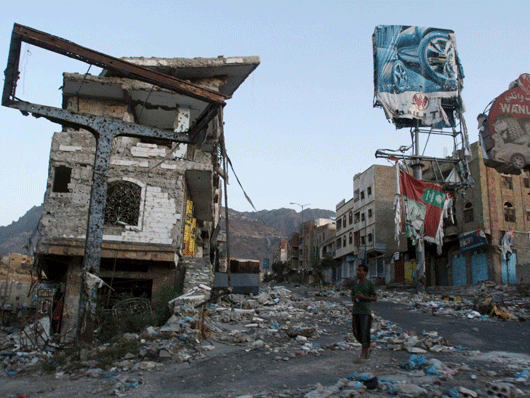
By Rasoul Goudarzi
Over a year has passed since Saudi Arabia invaded the poorest country of the Arab world, Yemen. Regional and international actors have done many things to try to end this crisis, however, all efforts seems to reach a dead end and the prospects of achieving peace are still pretty dim.
Since the conflict erupted, on March 25, 2015, with the apparent goal of putting the fugitive President Abd Rabu Mansur Hadi (an ally of Saudi Arabia) back in power and weakening the people’s movement Ansarullah, over 8,500 Yemenis have lost their lives, and the immense majority of them (93%) were civilians.
The invasion has seriously affected the infrastructure of the country, and according to data by the United Nations, it has pushed 2.4 million people to migrate. Saudi Arabia has also sieged Yemen, preventing humanitarian aid from entering the country. The growing violence and the isolation have made life very difficult. Over 20 million Yemenis are in need of assistance. Famine is spreading faster and faster. According to the UN, 14.4 million citizens are suffering food insecurity and one third of all children under five suffer from acute malnutrition.
Several rounds of dialogue have been held, under the auspices of the UN and with the participation of all parties in conflict to end the crisis, however, there have been no results and negotiations have arrived to a stall in Kuwait. We will analyze the causes behind the failure of the dialogues and the possible perspectives of the Saudi Arabia-Yemen conflict.
Source: HispanTV / The Dawn News, Edited by Website Team